2020 AAAS Mass Media Fellow at Science Friday
Sponsored by the Burroughs Wellcome Fund
Attabey Rodríguez Benítez originally thought about a career in medicine, but a chance encounter with a chemistry professor while an undergraduate at the University of Puerto Rico – Río Piedras changed her course towards one of merging biology and chemistry.
“My mentor was very unconventional, he used to set powders on his desk on fire and I thought, ‘that’s so cool’, she said. “I wanted to do that.”
Her mentor convinced her to study chemistry and introduced her to the world of academic research.
Now as a doctoral student in Chemical Biology at the University of Michigan, Rodríguez Benítez is thinking about her own future. She is passionate about mentoring herself, helping to inspire and educate young underrepresented minority girls about STEM fields. Note: She successfully defended her PhD on December 4, 2020.
During the summer of 2020, Dr Rodríguez Benítez took part in the AAAS Mass Media Fellowship program at public radio’s Science Friday. On August 25, 2020, we talked about her experience with the program.
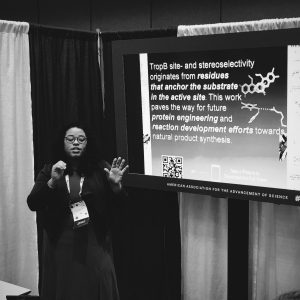 Applying to the AAAS Mass Media Fellowship:
Applying to the AAAS Mass Media Fellowship:
English is not my first language. When I first got into science communication it was a way to practice my English. So now I talk about science in both English and Spanish and I really enjoy it. But there are not many formal opportunities in science communication here in Michigan so I applied for the AAAS Mass Media Fellowship. I wanted expert feedback.
During the fellowship’s orientation, I was trained how to write a journalistic style article. I was taught how to find sources and how to use EurekaAlert and find out what are embargoes. So right off the bat, I learned a bunch of new things.
So that’s the main reason I applied to the fellowship because I wanted that formal training in science communication that I lacked in graduate school, even though it was expected of me. As a scientist, you are expected to communicate but there’s not much training on storytelling or communicating to a general audience, which is what you have to do when you defend your thesis. It’s not just for your committee. So that was my main motivation and the second was that I would like to do science communication as a career in the future and I wanted to sort of get a taste of potential job opportunities.
I love bench science. Bench science is my jam –what is not my jam is the toxic environment of academia in some places. That is why I am transitioning to science communication. That doesn’t mean I will leave bench science behind, I have merged both the bench and science communication before. I have designed outreach activities for kids where I communicate my research through hands-on activities and sometimes replicating what my bench science looks like!
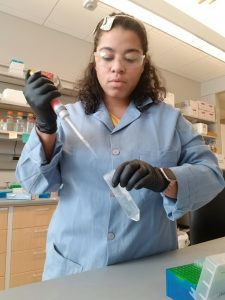 Life at Science Friday
Life at Science Friday
I did many things at Science Friday. I did radio and digital production and I also hosted segments myself in Spanish. I got to experience most of the facets of production. The editing process of digital articles was one of the things that were most striking for me. When I write an article for a scientific publication vs a general audience there’s a focus on different things. Since English is not my first language I sometimes struggled with grammar, which is at the forefront when writing scientific publications. Working with an editor from Science Friday was refreshing. The focus was on storytelling and I was told I was very good at it! That was a huge difference from what I’m used to hearing in academia.
On the production side of things, the way you interact with scientists is different. Scientists when they talk to other scientists tend to fall back on jargon and get lost in the details. Whereas if they only see you as a producer, they get out of their technical box and worry more about their storytelling. We focus more on why is your stuff important and why should the audience listen to this?
For the hosting, based on the feedback I got, it was sort of refreshing to have a voice out there, who is Spanish and talking about science. I interviewed someone from Peru and I am from Puerto which showcases the wide array of accents, culture, and differences in vocabulary something that is not usually highlighted.
The Day to Day
The first thing is the pitching process, which is quite similar to what you see in any news outlet. But at Science Friday it’s very curiosity-driven more than covering breaking news. I found it easy to pitch to Science Friday because I followed my intuition and said ‘this story is cool because of this….” There was much more diversity to what they covered.
Then you interview your sources and I search for someone that might be good to have in radio. They have to be able to tell a scientific story in an interesting way and that can have an interesting conversation with Ira [Flatow] during the segment.
For the segments, I needed to write a script, which is quite different than writing a print story (laughs). You have to convey what Ira calls “science joy” to the listener and have that in the questions, on the script, and also have the voice of Ira weaved into all of that. I had to get used to thinking, this is what Ira would say and had to get used to the pace and cadence of his voice. You have to base your script on how you would interview your guest, which I think is quite different than print.
When people asked what a producer does do, I related to the work of a director in a movie. You don’t see them, but they guide the segments and what should Ira [Flatow] ask next, and ultimately do all the preparation for the segment to happen
We also work in close contact with the digital team and write up what should go on the segment page, what title it should have, and potential articles to link to.
It was quite challenging at first and then I started crafting my questions based on what sparked my curiosity when I was talking to the guest. And that made it a lot easier.
Working from Home
I had to learn to produce segments from home and I had to record the segment that I hosted from my closet– that was very interesting.
It was a challenge because I’m a people person. I would have loved to be chat with Science Friday folks and interact with different teams more. That aspect of the internship was a bit hard.
In terms of the show, Science Friday is known as a live show and right now it’s being prerecorded so I missed how the live version was produced. Not being there it was hard to pick up on what some of the radio lingo meant and had to cover that with my mentor producer. At first, it felt like a burden asking all these questions but I grew more comfortable with time. One of the things I will never forget though: Press. Record.
Something else I had nightmares about all the summer, in addition to forgetting to press record, was technical difficulties. I always waited in suspense to see if my recording will show up after I end my meeting, but if for some reason it disappeared into the internet ether, then there goes your segment! One time, we had internet difficulties and had to try so many things to make it work which wouldn’t have happened if I was at the studio.
That being said, we worked to overcome all these barriers and I had an awesome experience!
Reflections
I never thought of doing production before because I was never exposed to it. This experience opened an extra door in science communication and I would be more than happy to work on the production in the future.
I did enjoy my experience in Science Friday a lot. By the latter half of my internship, they sort of forgot that I was a PhD student and they said, ‘Oh yeah, you’re a producer.’ It was interesting to see the transformation of myself from the beginning of the fellowship and transitioning to being a fish in water producing segments. I like the part of giving a voice to the scientists and how the audience relates to voice and realizing that there are actually humans behind these publications.
Long story short, I loved the experience and I think potentially audio production is something that I look forward to doing as a science communicator in any shape or form. And it wouldn’t have been possible without this experience.
Advice for those thinking about applying…
Go ahead and apply, even if you don’t think science communication is a career option but is something that you like you should go ahead and apply, this experience will provide a fresh set of eyes. If it’s something you care about, just apply for it. This is a great opportunity to branch out and experience things that are not available to you as a grad student. And that’s awesome.
Favorite story
I do. And that will be the one I wrote about the Peruvian boiling river.
I work in Michigan and I have seen the story online about this scientist that grew up in Peru and she heard about this boiling river. As a grad student, she wrote a grant to explore and map the microbes of this river. It was the full life circle story, I pitched this to Science Friday, and it was an amazing story, they loved it. But there was more than meet the eye. The scientist had a team that took great pictures so it had the potential to be a great written article in addition to a segment and we both spoke Spanish. This because a great opportunity to pilot a multilingual segment and I was lucky enough that they were willing to give it a try!
I got to talk to her about how she interacted with the river community. The people around the river use the sacred river for healing and in different aspects of their lives. In some instances, scientists tool samples to the community and discovered with them what was in the samples that they gathered. I got to do the story in Spanish and for the first time, my parents and my family could listen and understand. I could finally say look, I am not just at my home sitting around playing Animal Crossing, I am doing these cool segments!
One of the feedbacks from this segment that really warmed my heart was that the scientist grandmother, who lives in Peru, got a chance to listen to the interview podcast and told us how much she loved it and was so happy she could understand it. This is the power of sharing science across different languages because there are so many people who partake in science. I had the chance to share this story with a wider audience, including my family, that’s why it was one of my favorite stories.
To view all of Dr. Rodríguez Benítez’s Science Friday stories, visit: https://www.sciencefriday.com/person/attabey-rodriguez-benitez/
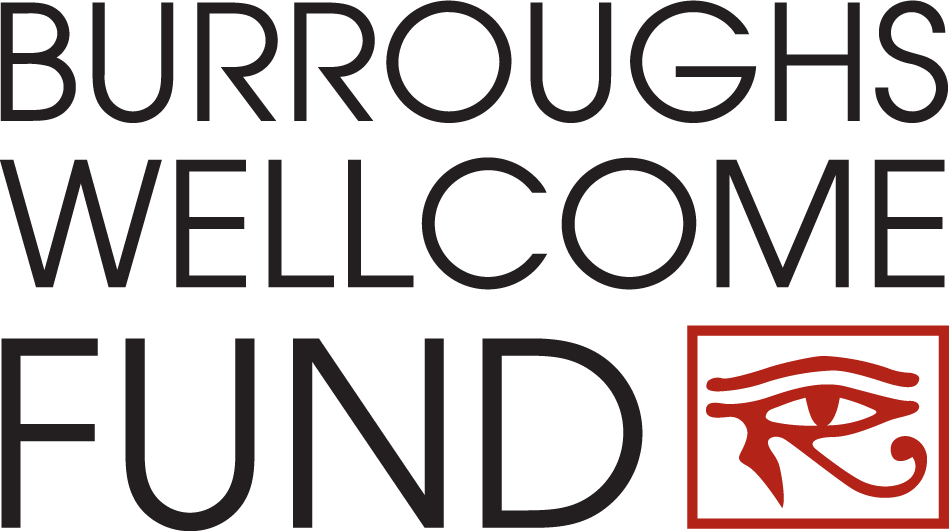
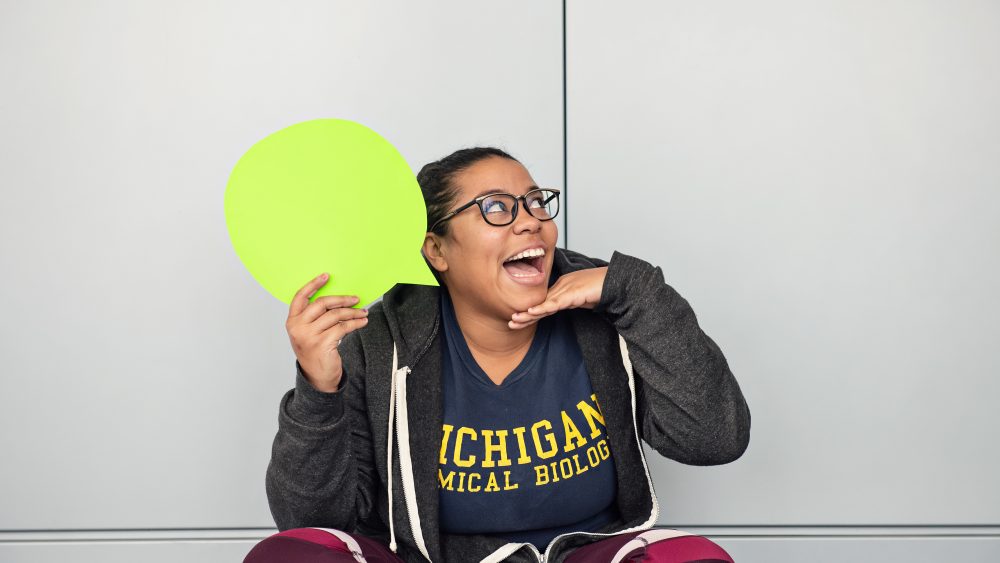
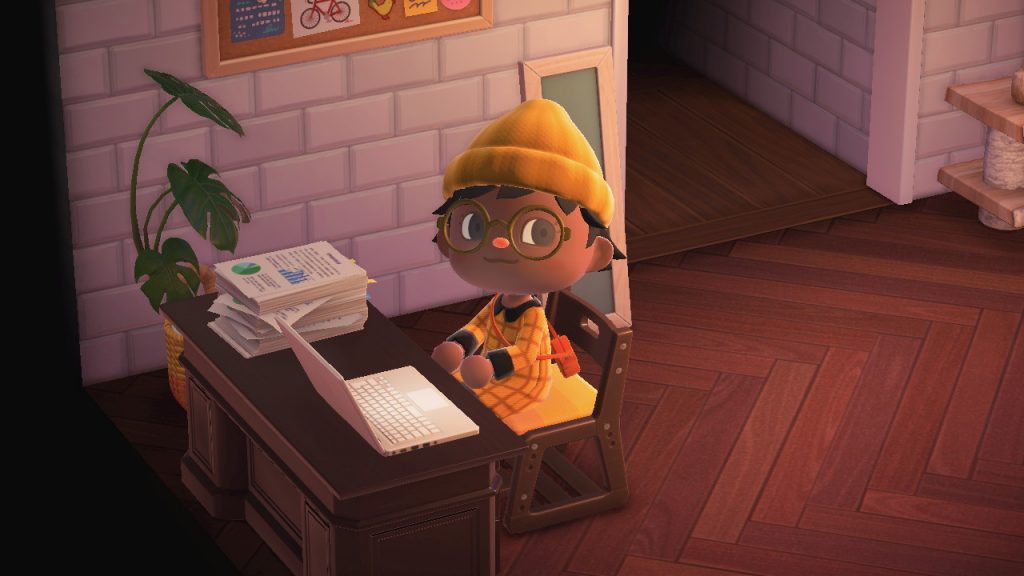
Comments are closed.